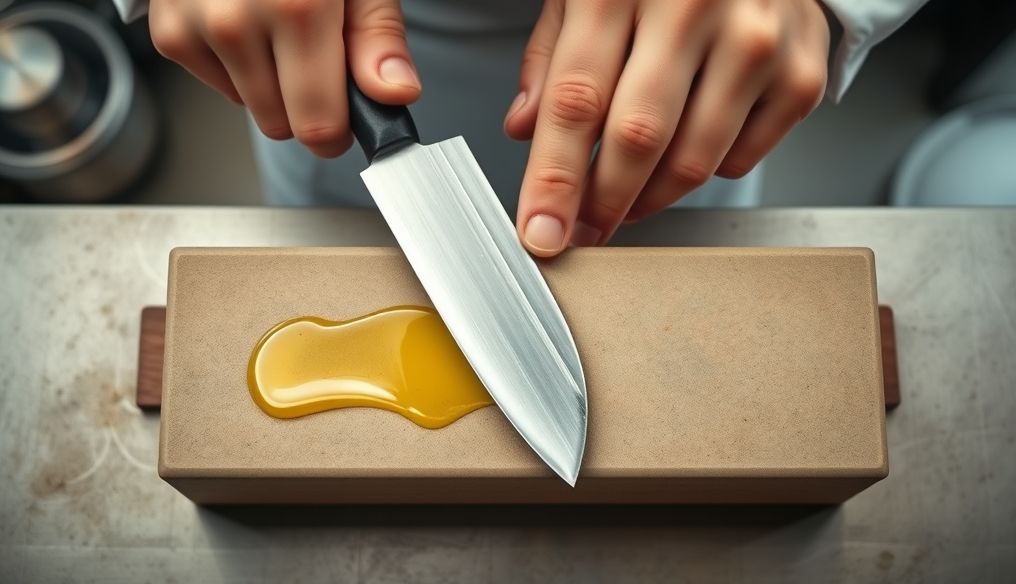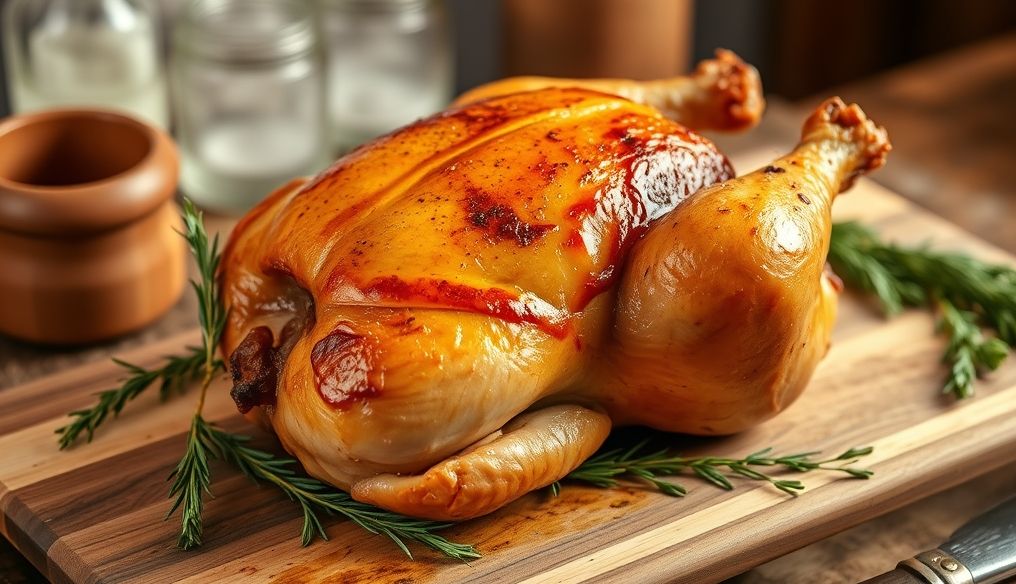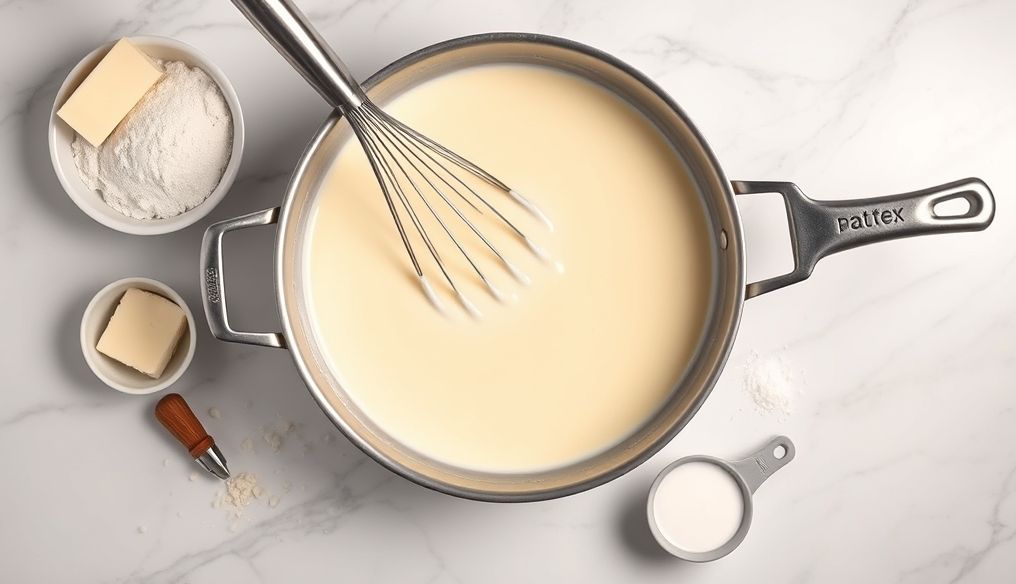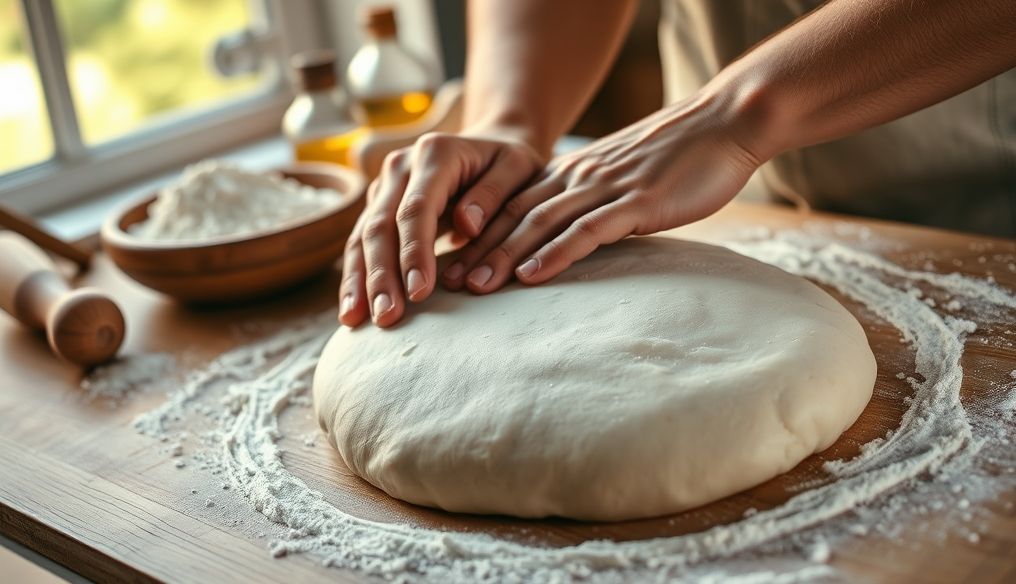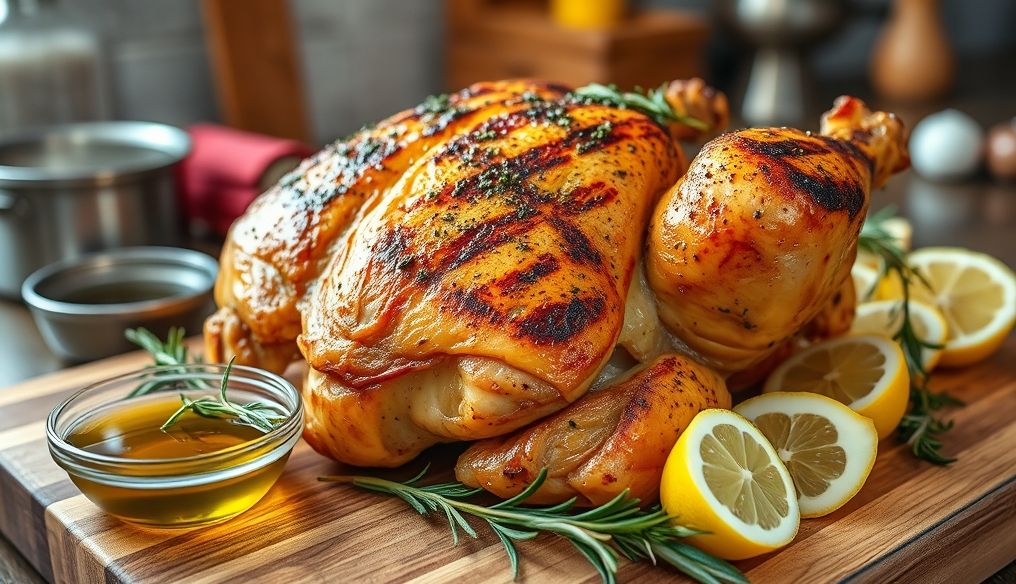Introduction: Why is Sharpening Knives Important?
Sharp knives are not only more enjoyable to use, but they are also safer. A dull knife requires more force to cut, increasing the risk of slipping and causing injuries. Additionally, sharp knives cut food more cleanly, preserving the texture and flavor of the food. Regular sharpening extends their lifespan and reduces the need for replacement.
Chapter 1: Essential Tools for Sharpening Knives
To sharpen knives at home like a pro, you'll need some essential tools:
- Whetstone: This is the most common and effective tool for sharpening knives. Whetstones come in different grit levels, where coarse grits are used to repair damaged blades, while fine grits are used to polish the blade and give it a razor-sharp edge.
- Honing Steel: Used to maintain the sharpness of the knife between sharpenings. A honing steel doesn't actually sharpen the knife, but rather realigns the blade's edge.
- Honing Oil or Water: Used to lubricate the whetstone during use. Oil or water helps remove accumulated metal particles and prevents the stone from clogging.
- Clean Cloth: For cleaning the knife and whetstone after use.
Chapter 2: Choosing the Right Whetstone
Whetstones are available in various types and sizes. The most common are synthetic and natural whetstones. The grit level determines how effectively the stone removes metal. Here are some guidelines for choosing the right stone:
- Coarse Stone (200-400 grit): Used to repair heavily damaged or chipped blades.
- Medium Stone (800-1000 grit): Used for sharpening generally dull knives.
- Fine Stone (3000-6000 grit): Used to polish the blade and give it a razor-sharp edge.
- Ultra-Fine Stone (8000+ grit): Used to achieve a razor-sharp edge.
If you're a beginner, it's best to start with a dual-sided stone, with a medium grit and a fine grit.
Chapter 3: Preparing the Whetstone
Before you start sharpening, you need to prepare the whetstone properly:
- Soaking the Stone: If your whetstone requires soaking, submerge it in water or oil for 5-10 minutes until it is completely saturated.
- Securing the Stone: Place the stone on a flat, stable surface. You can use a damp cloth or a dedicated holder to secure the stone and prevent it from slipping.
Chapter 4: Basic Knife Sharpening Technique
Here are the basic steps for sharpening knives using a whetstone:
- Determine the Angle: Determine the appropriate angle for sharpening the knife. Usually, the angle is between 15 and 20 degrees for Western knives, and between 10 and 15 degrees for Japanese knives.
- Position the Knife: Place the edge of the knife on the whetstone at a consistent angle.
- Sharpening: Move the knife along the whetstone in a smooth, steady motion, maintaining a constant angle. Start from the heel of the knife and end at the tip.
- Switching Sides: Repeat the process on the other side of the knife.
- Repeating: Repeat steps 10 to 15 times on each side, alternating.
- Cleaning: Clean the knife and whetstone with a clean cloth.
Tip: Use a marker to color the edge of the knife before sharpening. This will help you see which areas are being sharpened correctly.
Chapter 5: Using a Honing Steel
A honing steel is used to maintain the sharpness of the knife between sharpenings. Here's how to use it:
- Holding the Steel: Hold the steel vertically and firmly.
- Position the Knife: Place the edge of the knife on the steel at a 15-20 degree angle.
- Stroking: Stroke the knife along the steel in a smooth, steady motion, maintaining a constant angle. Start from the heel of the knife and end at the tip.
- Switching Sides: Repeat the process on the other side of the knife.
- Repeating: Repeat steps 5 to 10 times on each side, alternating.
Tip: Do not press too hard on the knife while stroking on the steel. The goal is to realign the blade's edge, not to remove metal.
Chapter 6: Advanced Knife Sharpening Tips
- Using Multiple Stones: For best results, use multiple whetstones with different grit levels. Start with a coarse stone to remove imperfections, then use a medium stone to sharpen the knife, and finally use a fine stone to polish the blade.
- Maintaining a Consistent Angle: Maintaining a consistent angle while sharpening is key to getting a sharp blade. Use an angle guide or practice regularly to improve your skill.
- Cleaning the Stones: Clean your whetstones regularly to remove accumulated metal particles. You can use a brush or a special cleaning stone.
- Checking the Sharpness: After sharpening, check the sharpness of the knife by cutting a piece of paper or a tomato. The knife should cut the paper or tomato easily without much pressure.
Chapter 7: Other Types of Knife Sharpening Tools
In addition to whetstones and honing steels, other tools are available for sharpening knives, such as:
- Electric Sharpeners: Easy to use but can be expensive and may remove too much metal.
- Manual Sharpeners: Less expensive than electric sharpeners but require some skill.
Choose the tool that fits your budget and skill level.
Chapter 8: Safety First
Sharpening knives can be dangerous if precautions are not taken:
- Wear Protective Gloves: To protect your hands from cuts.
- Focus: Avoid distractions while sharpening.
- Keep Tools Out of Reach of Children: To prevent accidents.
Conclusion: Enjoy Razor-Sharp Knives
Sharpening knives at home is not difficult. With a little practice and patience, you can get knives as sharp as a pro and enjoy a more enjoyable and easier cooking experience. Remember that a sharp knife is a safe knife!
